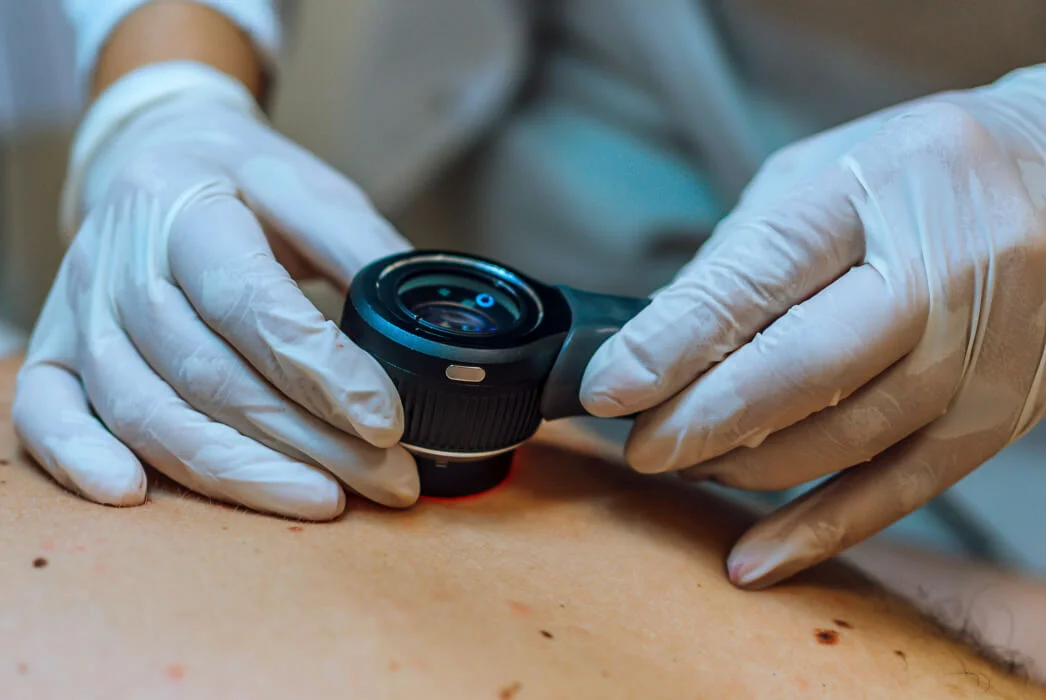The basics of melanoma
If you or a loved one have been diagnosed with melanoma, both you and your doctor have a lot of decisions to make. Learning more about the disease and your options can empower you in the next steps in your journey.
What we know about melanoma
A quick overview of melanoma

Skin cancer is the most common type of cancer in the United States. (National Cancer Institute, 2023)(Cancer Facts & Figures, 2023) Melanoma is one of the three most common types of skin cancer. (National Cancer Institute, 2023)(Cancer Facts & Figures, 2023)

Melanoma is dangerous because it’s more likely to go deeper into skin tissue and spread to other parts of the body than other skin cancers. (Understand Cancer Together, 2023)

Melanoma starts in melanocytes, the skin cells found in the top layer of the skin that produce the melanin pigment that gives our skin and eyes their color. Melanin tries to protect the deeper layers of the skin from the harmful effects of UV rays, either from the sun or tanning beds. Melanoma begins when the melanocytes start to grow out of control, or mutate, damaging DNA and creating cancer cells. (American Cancer Society, 2023)(AIM at Melanoma, 2023)
Regular self-examinations are key to detecting melanoma
It can be confusing to try to tell the difference between a mole that you should get seen, and one that is just a mole. Their color, shape and surface texture can vary, and you may have questions. It’s also important to know that a common mole or abnormal looking mole (dysplastic nevus) will not come back once removed by a full excisional biopsy, but melanoma does sometimes grow back. (National Cancer Institute, 2023) Now that you know what to look for, it’s important to do a monthly self-check at out home. Utilize the ABCDEs of Melanoma to conduct your self exam. Always, when in doubt, see your doctor.
Use the ABCDEs of melanoma
According to the American Cancer Society, the ABCDE criteria can be very helpful for identifying a skin spot that needs to be seen by your doctor. (National Cancer Institute, 2023)
Want to know more?
The American Cancer Society (ACS) has been quoted and referenced within the information on this page. Search through these informative references and read our frequently asked questions at our melanoma resources page. You can also find out more about the ACS rules for content usage here.








